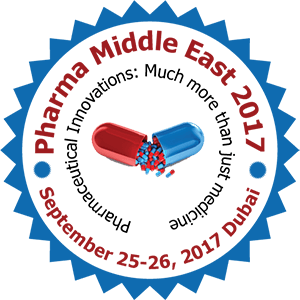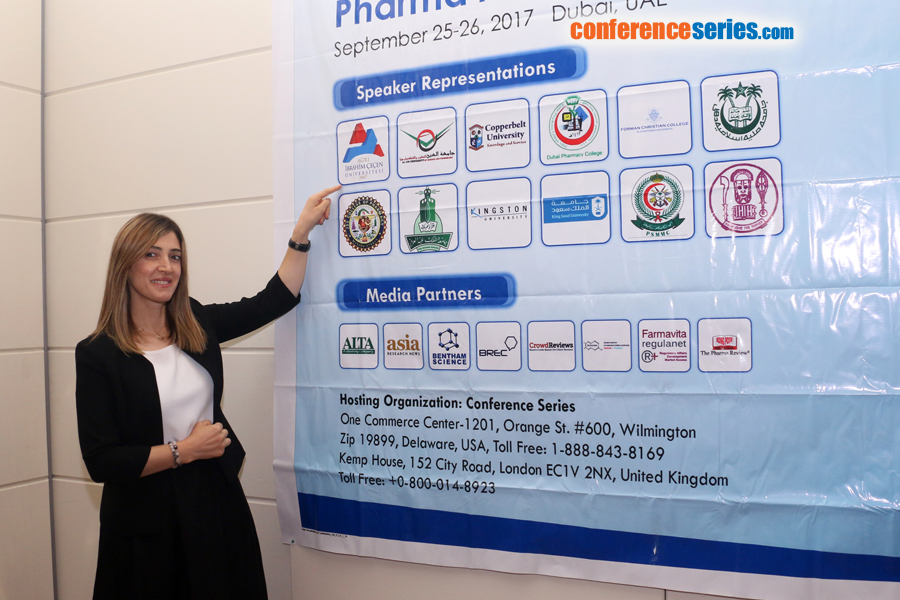
Tuba Aydin
Agri Ibrahim Cecen University, Turkey
Title: Effects of Herniarin on sepsis induced rats’ liver
Biography
Biography: Tuba Aydin
Abstract
Sepsis has a development that can result in death, through the passage into the blood of microorganisms entering the body and spreading to all organ systems. Artemisia dracunculus L., tarragon, which is used in various parts of the world as spice, has long been used in traditional therapy. Tarragon leaves have important coumarin content and contain high amounts of herniarin (HRN).
One of the most frequently used animal models in the study of sepsis is cecal ligation-puncture in rats’. In the present study, effects of HRN, isolated from tarragon, was investigated on sepsis induced rats’ liver tissues. Therefore, 40 male rats were divided into 4 groups as Sham, Control, HRN-150 and HRN-300. HRN was orally given (at doses of 150 and 300 mg/kg), and then rats’ cecums were ligatured and perforated by a cannule. After 24 hours after administration of HRN, rats were euthanized under high dose anesthesia. Both histopathologic and biochemical examinations were performed in the liver tissues of sepsis induced rats. Lipid peroxidation (LPO) and glutathione (GSH) levels, as well as superoxide dismutase (SOD) and catalase (CAT) activities were measured as biochemical parameters.
In the control group, as compared with sham group, both LPO level and CAT activity increased significantly (p <0.05), in contrast to the decreased amouts of GSH and SOD activity. In the HRN groups, the LPO and CAT was significantly decreased, and also decreased amouts of GSH and SOD activity was increased dose dependently. According to the results histopathologically, damage findings are decreased as parallel to the biochemical data in a dose-dependent manner. As conclusion HRN dose-dependently decreased sepsis resultant liver damage (p <0.05).







